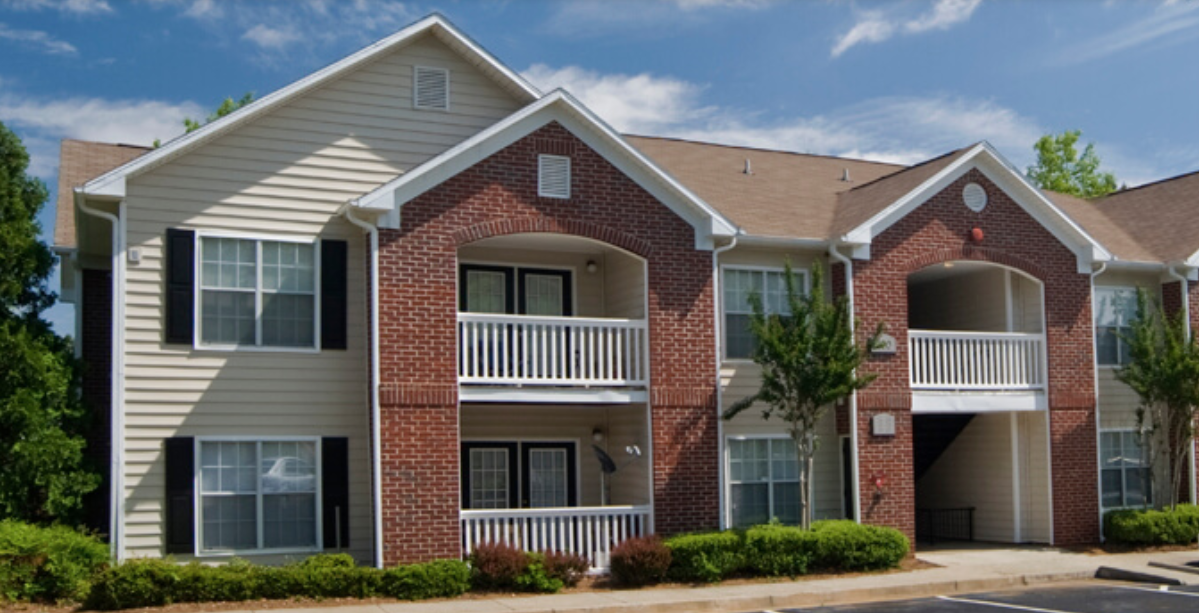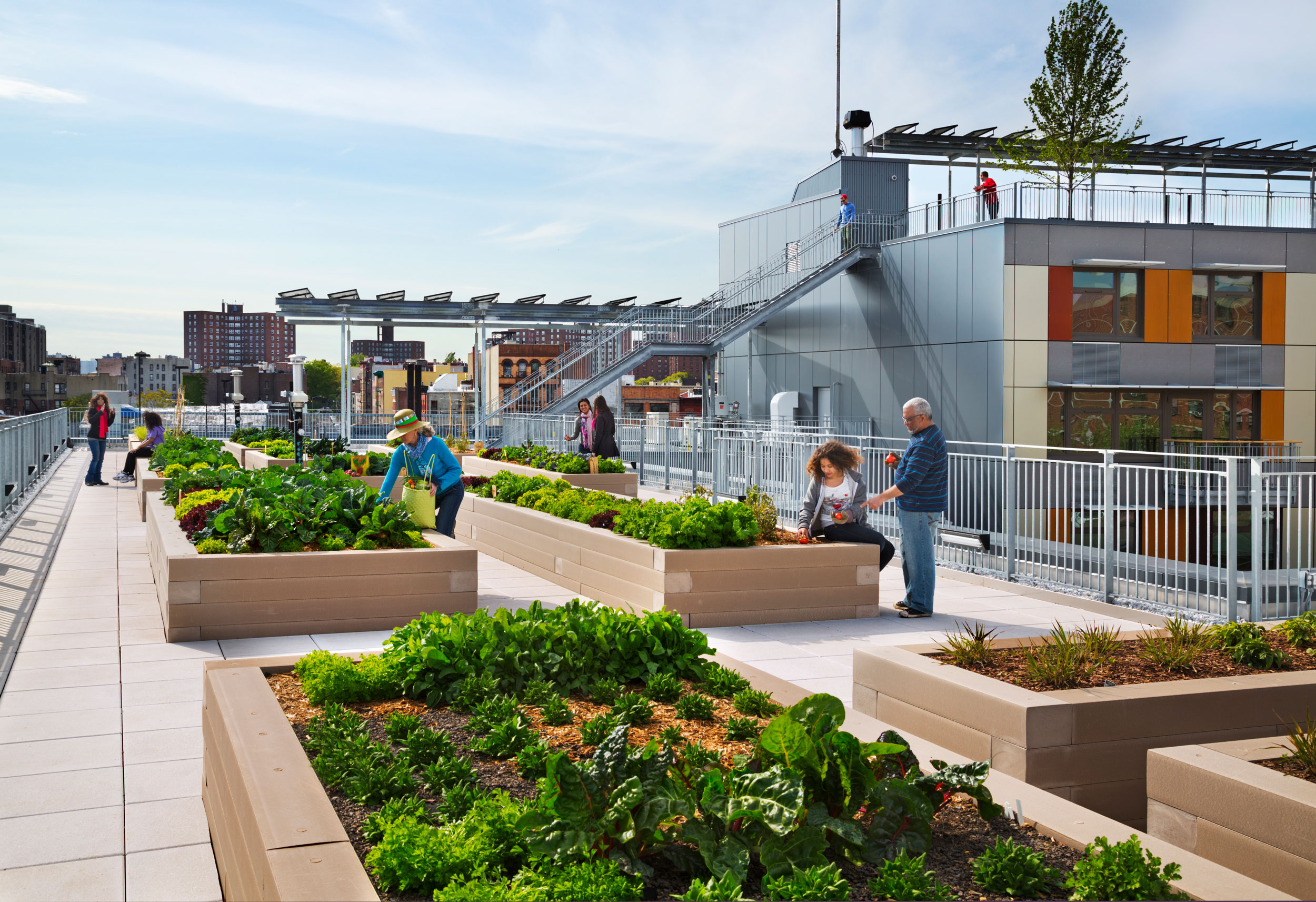.png)
In recent years, there has been a significant shift in how communities are being developed. Moving away from traditional, single-purpose projects, developers and organizations are embracing holistic community development—an approach that integrates housing, education, wellness, and economic opportunities into cohesive, thriving environments. This method is gaining momentum as it addresses the complex needs of modern societies, fostering sustainable growth and improving the quality of life for residents.
.png)
Master Planned Communities partners with organizations to transform underutilized land into thriving, future-ready spaces. By integrating innovative design with a holistic approach to development, MPC creates environments where people can live, grow, and succeed.
Holistic community development is an integrated strategy that considers all facets of community life. Instead of focusing solely on one aspect—like housing or infrastructure—it aims to create environments where various elements work together synergistically. Key components often include:
Modern communities face multifaceted issues such as affordable housing shortages, health disparities, and educational inequities. A holistic approach allows developers to tackle these challenges collectively rather than in isolation, leading to more effective and sustainable solutions.
Holistic communities are designed with sustainability in mind, both environmentally and socially. By integrating green spaces, energy-efficient buildings, and community programs, these developments are better equipped to adapt to changing circumstances and long-term needs.
Residents benefit from having essential services and opportunities within close proximity. This not only reduces the need for long commutes but also fosters a supportive environment where individuals and families can thrive.
These projects often involve partnerships between developers, government agencies, non-profit organizations, and community members. Such collaboration ensures that diverse perspectives are considered, and resources are pooled effectively.

Originating from the revitalization of the East Lake neighborhood in Atlanta, Purpose Built Communities is a network that focuses on holistic neighborhood transformation. Their model includes mixed-income housing, cradle-to-college education, and community wellness resources.

Via Verde is a mixed-use development that combines affordable housing with health-focused design elements. Features include green roofs, community gardens, and spaces that promote physical activity, reflecting a commitment to environmental sustainability and resident well-being.
A historic marketplace transformed into a vibrant mixed-use community, Swan's Market includes affordable housing, retail spaces, and community services. The project preserved cultural heritage while meeting modern community needs.
Organizations such as Master Planned Communities (MPC) are instrumental in advancing holistic community development. By partnering with both faith-based and non-faith-based organizations, MPC transforms underutilized land into vibrant communities that integrate housing, education, wellness, and economic growth. Their expertise lies in creating customized solutions that address specific community challenges, fostering environments where residents can flourish.
While the holistic approach offers numerous benefits, it also presents certain challenges:
The rise of holistic community development signifies a transformative shift in how we build and perceive our communities. By addressing housing, education, wellness, and economic opportunities collectively, this approach creates resilient environments that can adapt to future challenges. As more organizations adopt this model, we can anticipate the emergence of communities that not only meet the immediate needs of their residents but also contribute to long-term societal well-being.
Embracing holistic development is not just a trend—it is a necessary evolution towards building communities that are inclusive, sustainable, and equipped for the future.